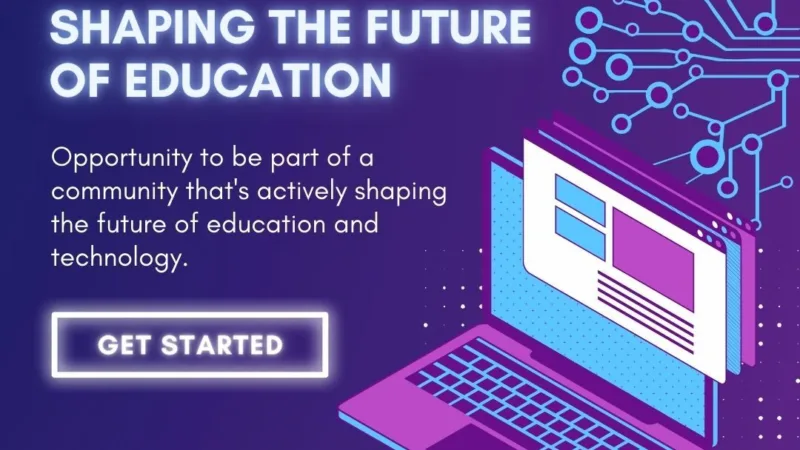LOCAL WINNER
Beginner Awards: Social impact
Ecological Problems in Cities
Solution details

Sinister Six
Context
The challenge we are addressing is the imperative need for implementable solutions to tackle future problems across different domains. As we look ahead, issues such as environmental degradation, resource depletion, and urban sustainability pose significant challenges. Our focus is on providing practical and feasible solutions in areas like green urban planning, waste management, biodiversity preservation, and renewable energy integration. The goal is to preemptively address emerging challenges and contribute to a sustainable and resilient future across diverse sectors.
Who Benefits?
The primary target audience for our solution includes young people, educators, and learners. The book aims to raise awareness among the youth about impending future problems, fostering a sense of environmental consciousness and responsibility. By providing insights into sustainable solutions, it empowers young minds to actively participate in addressing these challenges.
Educators stand to benefit by gaining a valuable resource that aids in teaching about pressing environmental issues and potential solutions. The book serves as an educational tool to instill a sense of environmental stewardship in the younger generation.
Furthermore, decision-makers in various sectors, including urban planning and policymaking, can derive insights from the book. It presents practical approaches and implementable solutions that decision-makers can consider when formulating policies and strategies for a sustainable future.
In essence, the book serves as a bridge between the younger generation, educators, and decision-makers, fostering awareness, education, and actionable insights to address future challenges proactively.
Impact
Our solution aims to create a positive impact by fostering environmental awareness among young people and educators. We measure this impact through surveys and observed changes in eco-friendly behaviors.
In urban planning, we anticipate a measurable impact through the implementation of sustainable practices like green infrastructure and waste reduction programs. Success is gauged by improvements in air and water quality, reduced pollution, and enhanced biodiversity.
For decision-makers, the impact is assessed by tracking the adoption of sustainable insights into policies. Key indicators include zoning regulations for wildlife habitats, the establishment of green corridors, and embracing circular economy principles.
Regular evaluations, surveys, and monitoring of these indicators will be instrumental in measuring the effectiveness of our proposed solutions.
Team work
Initially, we aim to optimize the digital handbook's accessibility by ensuring compatibility in PDF format. In the mid-term, we plan to engage with our school principal and educators, proposing the integration of the digital handbook into classes.
Innovativeness
Transferability
Our digital handbook, despite an initial PDF format challenge, is easily adaptable to diverse educational platforms. The interactive and multimedia features make it versatile for applications beyond environmental education, extending to disciplines like science, geography, and social studies. Its emphasis on practical solutions allows integration into various subjects, making it a valuable resource for educators across disciplines.
Sustainability
Our plan integrates sustainability, AI tools, and strategic promotion for a robust and impactful approach. AI played a crucial role in creating the digital handbook, streamlining the process with Natural Language Processing and machine learning.

